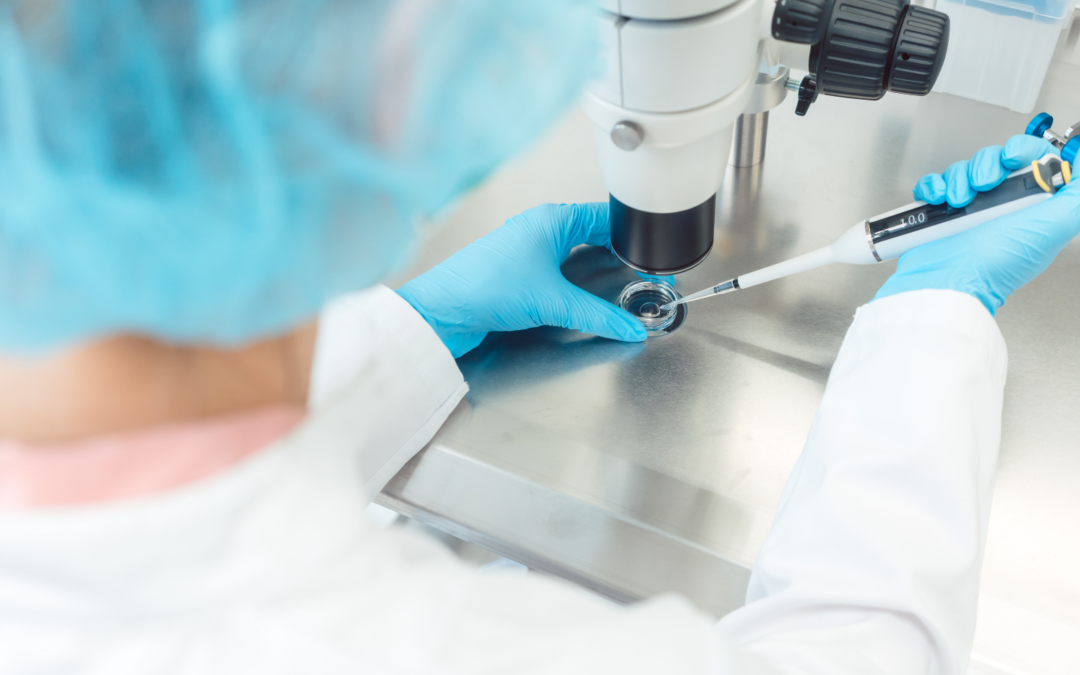“Since I was very young, I knew I wanted to have children. Years passed by and I had a few serious relationships but none of them lasted. I still really wanted a child and I started thinking of doing it on my own and being a single mom. I went to a fertility clinic and the doctor was very supportive of my decision. After a few unsuccessful rounds of IUI with a sperm donor, we started a cycle of IVF. I had no idea what it meant to start an IVF cycle and I hope this blog will help you prepare as best as possible.” Written by Natasha
1. Prepare for your cycle
Your doctor will lead you into doing a battery of tests including a mandatory infectious screening bloodwork and a baseline ultrasound, and a test, prior to the procedure, on day 21 of your cycle to confirm you are clear to proceed with an IVF cycle.
2. What is your cycle calendar?
There are a few steps that you need to know about:
- Injections begin on Day 2 and monitoring begins on Day 6 of your next period.
- Monitoring requires on average 4-8 appointments at your fertility clinic
- Cycle length and medication doses are determined on a day-by-day basis and are dependent on your blood and ultrasound results
- Egg retrieval is scheduled when your doctor states that you are ready to induce ovulation with a trigger medication
3. What are the medications used for an with IVF?
Medications are administered via daily injection. You should try to be as consistent as possible with the time of your injection each day. You cannot take any medication without being instructed first by your fertility clinic. The dose of medication they give you is based on your daily results and will change throughout the cycle.
Here are a few medications used during IVF cycles:
Estradiol: prevents your body from recruiting follicles too early, therefore allowing follicles to grow in a more synchronized manner.
Gonadotropins: fertility hormones used to recruit, grow, and mature follicles.
Some are a mixture of purified FSH, and LH used to recruit, develop, and mature ovarian follicles – these contain dairy products.
Others contain purified LH used to enhance mature ovarian follicles and some contain only purified FSH used to recruit follicles.
LH antagonists: Antagonist used to block premature LH surge (ovulation) during stimulation. You will carry one with you at all times of your cycle once you begin stimulation medications
GnRH agonists: artificial hormones use to down-regulate your own hormones prior to starting stimulation injections.
hCG: used to induce ovulation (egg release)
You may experience some side effects: Headaches, nausea, bloating, mood swings, hot flashes, breast tenderness, pelvic discomfort etc.… Fun, right?
4. Egg retrieval
During the egg retrieval, you will receive IV conscious sedation. You will not be aware of what’s going on. Wear comfortable clothes and remove nail polish and make up. No driving for 24 hours after the sedation. Usually, egg retrieval lasts 15-30 minutes.
You might experience common symptoms such as: lower abdominal cramping, vaginal spotting, nausea.
5. After retrieval
Usually, your clinic will inform you of the final number of eggs that were retrieved before you leave the clinic. The embryos will be placed in incubators that are monitored 24/7. The embryologist will monitor development for up to 6 days post retrieval.
6. In vitro fertilization
The sperm is added to the dish that contain eggs. It penetrates and fertilizes the egg either on its own or is injected into an egg.
7. Embryo development, PGT and Cryopreservation
Hopefully, the embryo develops on its own. You can decide to get Pre-implantation Genetic testing (PGT), a technique that examines embryos for common chromosomal abnormalities and can increase chances of a successful pregnancy.
Embryos can be frozen at all stages of development and can be stored for several years under sub-zero temperatures using liquid nitrogen.
8. Embryo transfer
This is a very easy procedure that does not require any anesthesia. The embryo is placed into a thin catheter. Under ultrasound guidance, the catheter is inserted through the cervix and the embryo is released in the uterine cavity. No heavy lifting, baths / sauna for the first 2-3 days.
You will also get progesterone to support the endometrial lining for embryo implantation.
9. Pregnancy test
12 days after the embryo transfer, you will have to do a blood test to determine if you are pregnant or not. The rest is history!
Good luck with your IVF journey and if you get into any trouble paying for these very expensive treatments, Fertility Friends Foundation can help!
